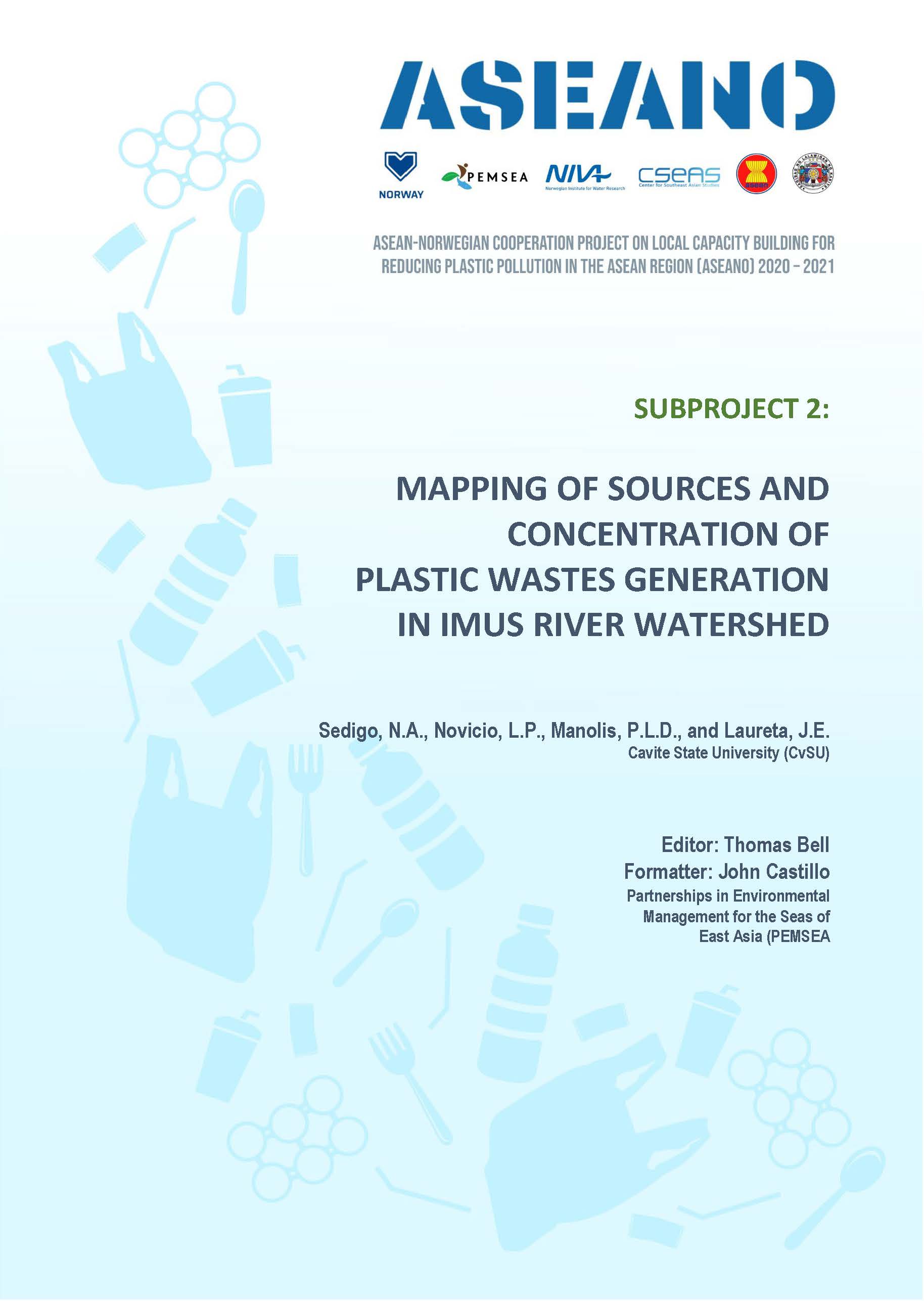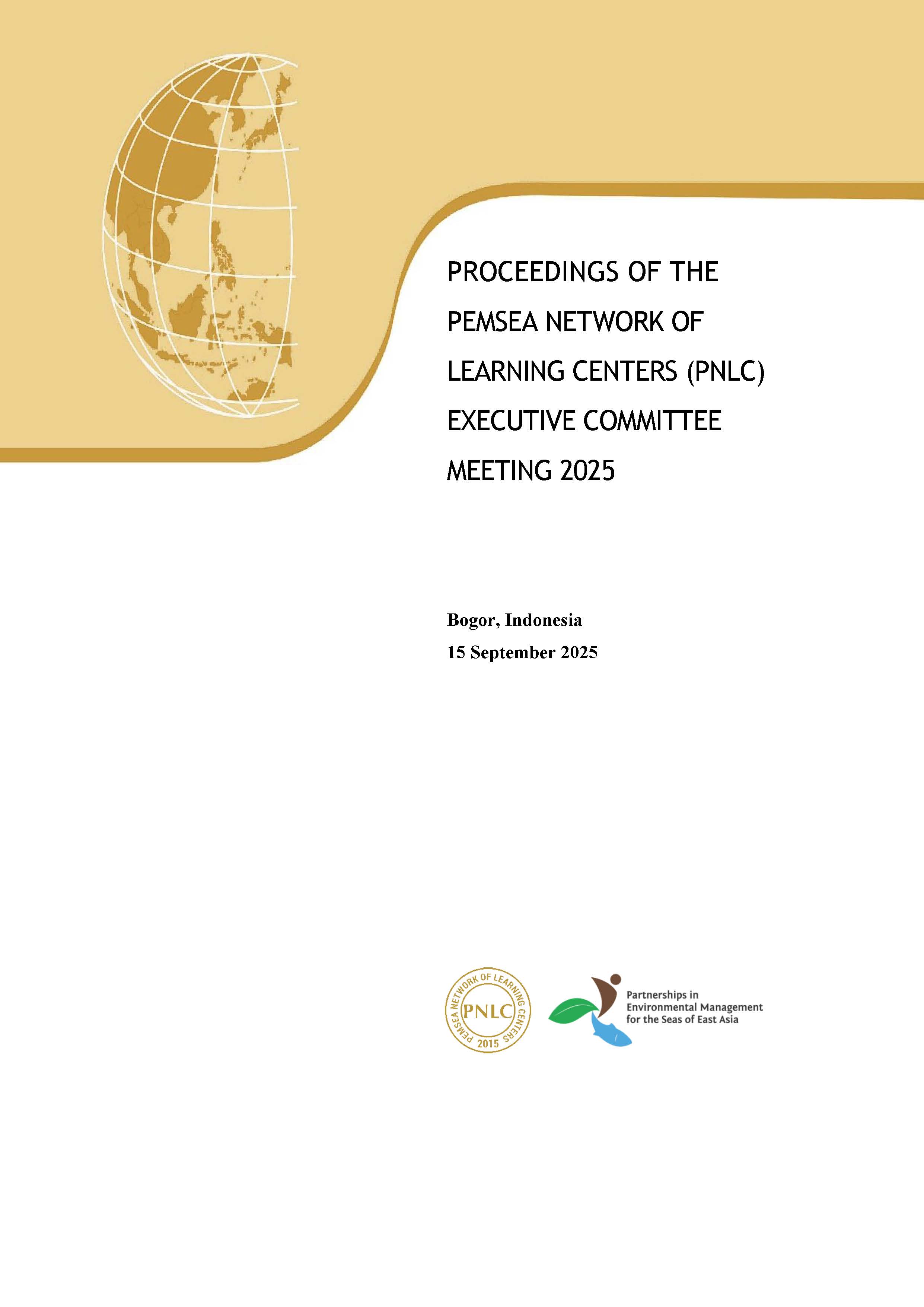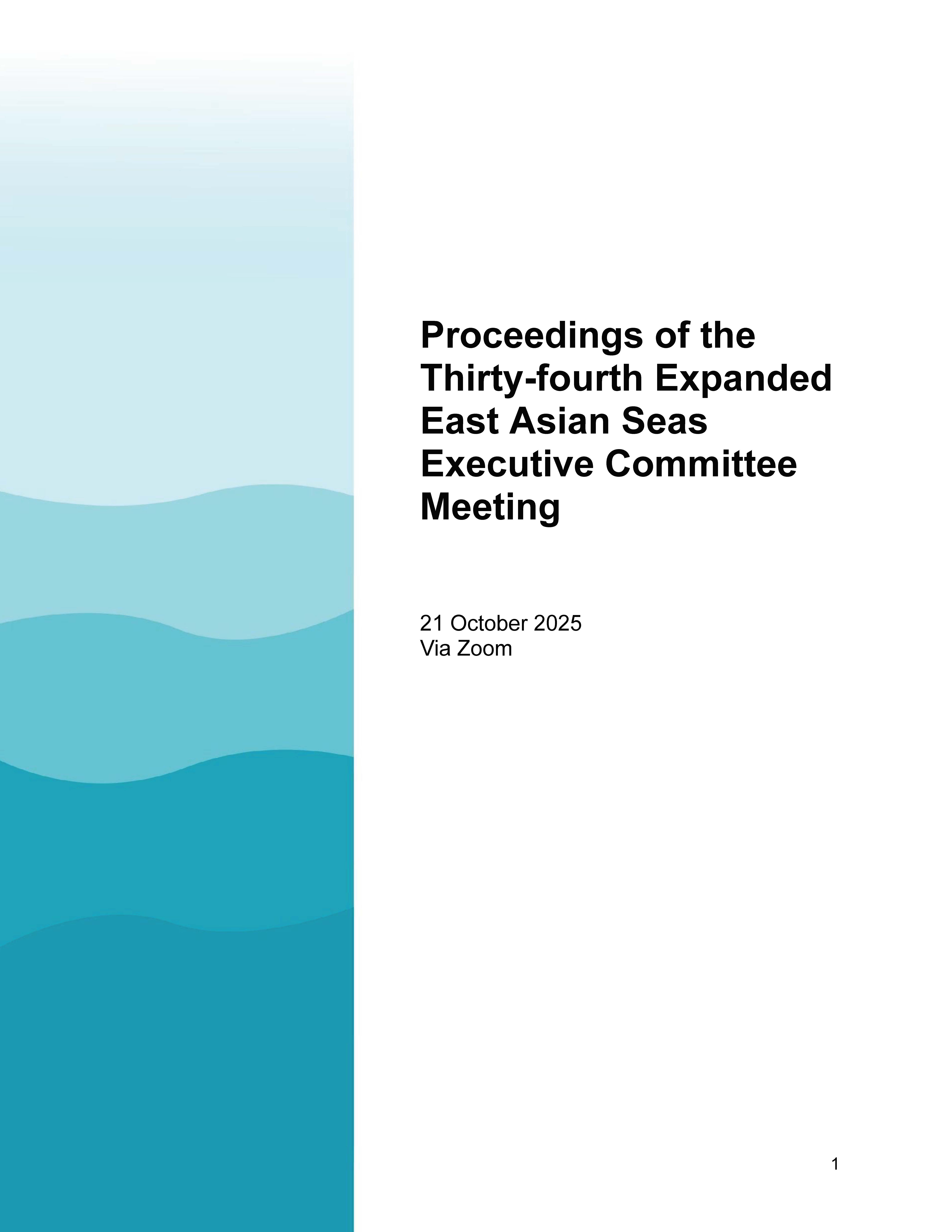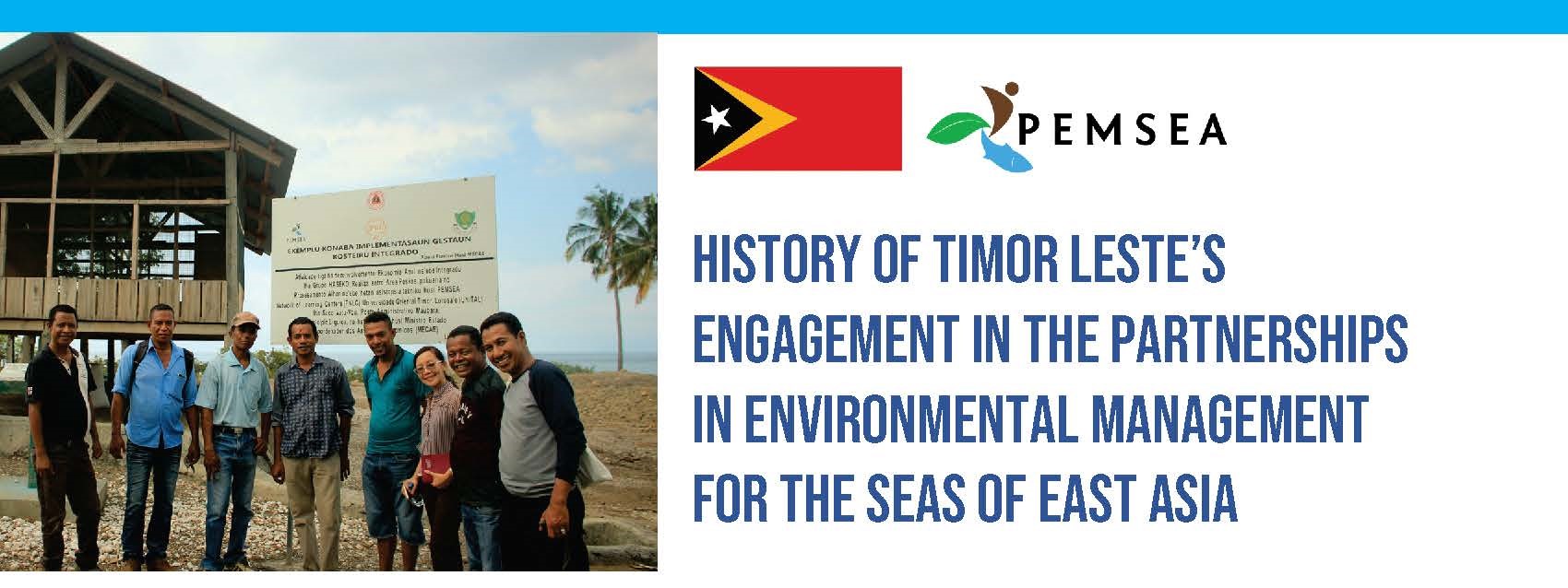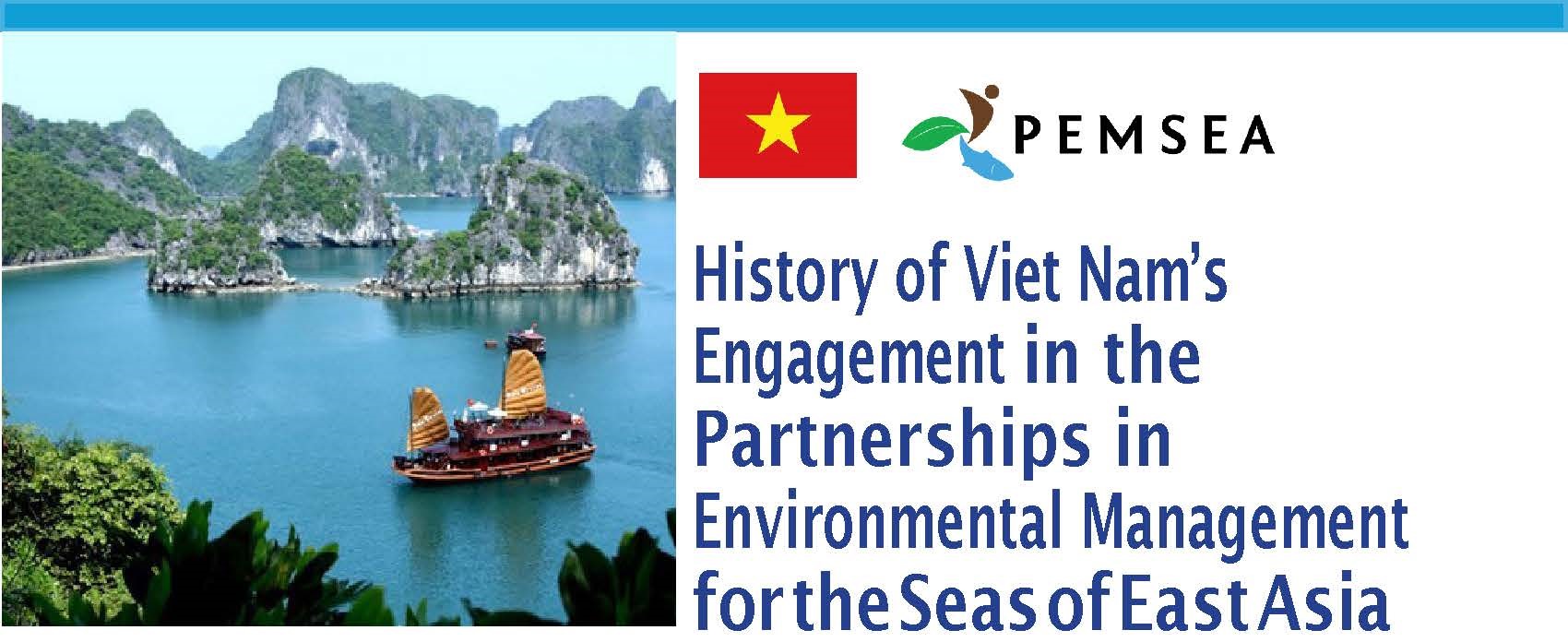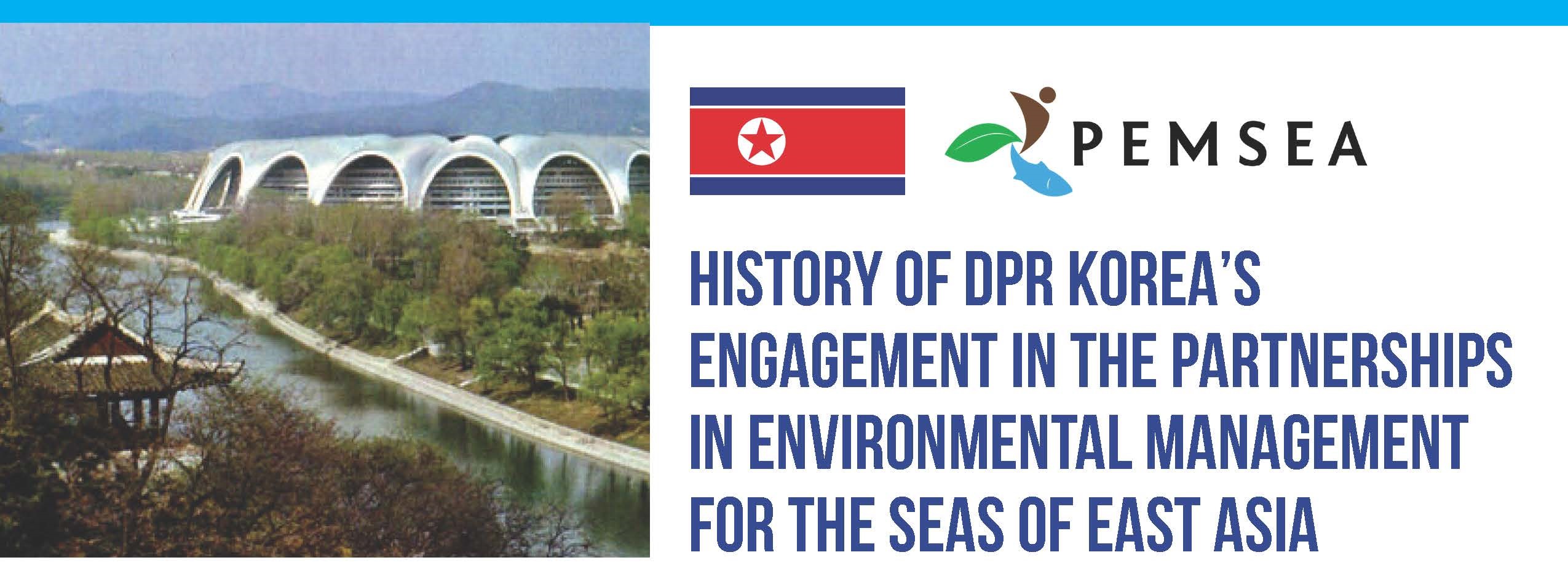
Breadcrumb
ASEANO Project Report: Mapping of Sources and Concentration of Plastic Waste in the Imus River Watershed
PUBLICATION DATE:
Tuesday, April 19, 2022
PUBLICATION TYPE:
Reports
STATUS:
Only Available Online
DESCRIPTION:
The sources of plastic wastes and areas of expected high levels of plastic waste generation were mapped in the Imus River Watershed in the Province of Cavite, in the Philippines. Different sources of plastic waste were identified, and used to estimate the magnitude of plastic waste generation. Information on the major sources of plastic waste were obtained from the 10-Year Solid Waste Management Plan of the seven cities and municipalities located within the boundaries of the watershed. Remote sensing technology was used to identify the coordinates of different potential sources. For higher resolution, Google Imagery was used in preparing base maps which were imported and georeferenced in ArcMap. A 7-day waste characterization study in three selected barangays was conducted to determine the average amount of plastic waste generated per household. This data served as inputs for a hotspot analysis in ArcGIS to identify plastic waste generation hotspots within the watershed. The Imus River system traverses seven cities and municipalities that include parts of Tagaytay City, Silang, and Amadeo in the upland areas, a large part of the densely populated and urbanized cities of Dasmariñas and Imus City in the central hilly areas, and portions of the lowland City of Bacoor and the coastal Municipality of Kawit. It has a total drainage area of 11,259.80 hectares. A total of 222 barangay communities were identified within the boundaries of the watershed with a total population of 1,351,057. The major sources of waste in the watershed were primarily households, followed by commercial, institutional, and industrial establishments. The total number of commercial, institutional, and industrial establishments identified was 778, and a total of 54 waste storage facilities were found in the watershed. From the 7-day characterization study in three selected barangay communities, an average of 113.03 kg of plastics was generated daily by the households in Barangay Burol 1, Dasmariñas City; 9.17 kg/day in Barangay Mabolo 1, Bacoor City; and 29.29 kg/day in Barangay Maitim 2nd Central, Tagaytay City. An average of 0.17 Kg/day per household of plastics were generated in the watershed and 0.05 Kg/day per capita. A cluster of high plastic waste generating barangays was identified in Dasmariñas City, where various tributaries of the Imus River converge. This combination is likely to create a significant hotspot for waste leakage. Clusters of low plastic waste generating barangays were identified in parts of Imus, Kawit, and Bacoor. These cold spots should not be ignored, as increasing plastic waste generation could exceed capacity and push them into future leakage hotspots.
RELATED PUBLICATIONS
PEMSEA NETWORK OF LEARNING CENTERS (PNLC) 2025 Executive Committee Meeting Proceedings
The 2025 PNLC Executive Committee (PNLC EC) Meeting was organized by PNLC Secretariat on 15 September 2025 in Bogor, Indonesia. It was participated by Prof. Yonvitner of the Center for Coastal and Marine Resources Studies of the IPB University (CCMRS-IPB) and President of the PNLC, Dr. Fang Qinhua, Deputy Director of the Coastal and Ocean Management Institute of Xiamen University (COMI-XU) and Vice-President of the PNLC, and Ms. Aimee T. Gonzales, PEMSEA Resource Facility (PRF) Executive Director as members of the PNLC Executive Committee. Ms. Isdahartatie PNLC secretariat Coordinator/ CCMRS-IPB University, Ms. Nancy Bermas from PRF, Francesca Cortez (PRF Secretariat Assistant) and Lusita Meilana, PNLC Secretariat staff. The meeting was chaired by Prof. Yonvitner. Ms. Isdahartati served as the Secretariat of the meeting.
The following supporting documents are annexed to these proceedings:
- Annex 1: Meeting Agenda / Program
- Annex 2: Links to the meeting documents, presentation and photos
- Annex 3: List of participants
Proceedings of the Thirty-fourth Expanded East Asian Seas Executive Committee Meeting
The Expanded East Asian Seas (EAS) Executive Committee convened its 34th Executive Committee Meeting on 21 October 2025 online via Zoom. The meeting was attended by EAS Partnership Council Chair Attorney Jonas Leones; Intergovernmental Session Chair Mr. Le Dai Thang; Intergovernmental Session Co-Chair Dr. Xinwei Yu; Technical Session Chair Dr. Suk-Jae Kwon; and Technical Session Co-Chair Dr. Wakita Kazumi. The PEMSEA Resource Facility (PRF), led by Executive Director (ED) Ms. Aimee T. Gonzales, served as Secretariat to the meeting. PEMSEA Country Partners in attendance included national focal points and representatives from Cambodia, China, Indonesia, Japan, Lao PDR, the Philippines, the Republic of Korea, Singapore, Timor-Leste, and Viet Nam. Non-Country Partners present included representatives from the ASEAN Centre for Biodiversity, Ipieca GISEA, Oil Spill Response Limited, National Marine Hazard Mitigation Service, International Center for Environmental Management of Enclosed Coastal Seas (EMECS), PEMSEA Network of Local Governments, and Korea Institute of Ocean Science & Technology, among others. Online observers included staff from the PEMSEA Resource Facility and UNDP.
History of Timor Leste's engagement in PEMSEA
Since joining PEMSEA in 2006 through the signing of the Haikou Partnership Agreement, Timor-Leste has made remarkable progress in advancing sustainable coastal and ocean governance under the Sustainable Development Strategy for the Seas of East Asia (SDS-SEA). Over the years, the country has implemented Integrated Coastal Management (ICM) programs in key municipalities, developed national ocean and coastal policies, and strengthened inter-agency collaboration for marine protection and livelihood enhancement. Through its participation in regional initiatives such as ATSEA and the Marine Plastics ODA Project, Timor-Leste continues to demonstrate strong commitment to ecosystem-based management, blue economy development, and regional cooperation for healthy and resilient seas.
History of Viet Nam's engagement in PEMSEA
Since 1993, Viet Nam has been an active partner in advancing sustainable coastal and ocean governance in the East Asian Seas through PEMSEA. From pioneering Integrated Coastal Management (ICM) in Da Nang to establishing the Viet Nam Administration of Seas and Islands (VASI), the country has institutionalized ICM in national policy and legislation while fostering regional cooperation through leadership roles in PEMSEA bodies and ministerial forums. Viet Nam’s consistent participation in key initiatives and adoption of major regional declarations underscore its strong commitment to blue economy development, marine ecosystem protection, and the long-term implementation of the Sustainable Development Strategy for the Seas of East Asia (SDS-SEA).
History of DPR Korea's Engagement in PEMSEA
Since joining the regional GEF/UNDP/IMO Marine Pollution Prevention in the East Asian Seas (MPP-EAS) project, the DPR Korea has actively advanced Integrated Coastal Management (ICM) through the establishment of the Nampho demonstration site and the National ICM Training Center at Kim Il Sung University. The country has consistently participated in key regional forums, including the East Asian Seas Congresses and Ministerial Forums, adopting major regional declarations and frameworks such as the SDS-SEA and Manila Declaration. Its engagement reflects a sustained commitment to regional cooperation, marine pollution prevention, and sustainable coastal development under PEMSEA.
